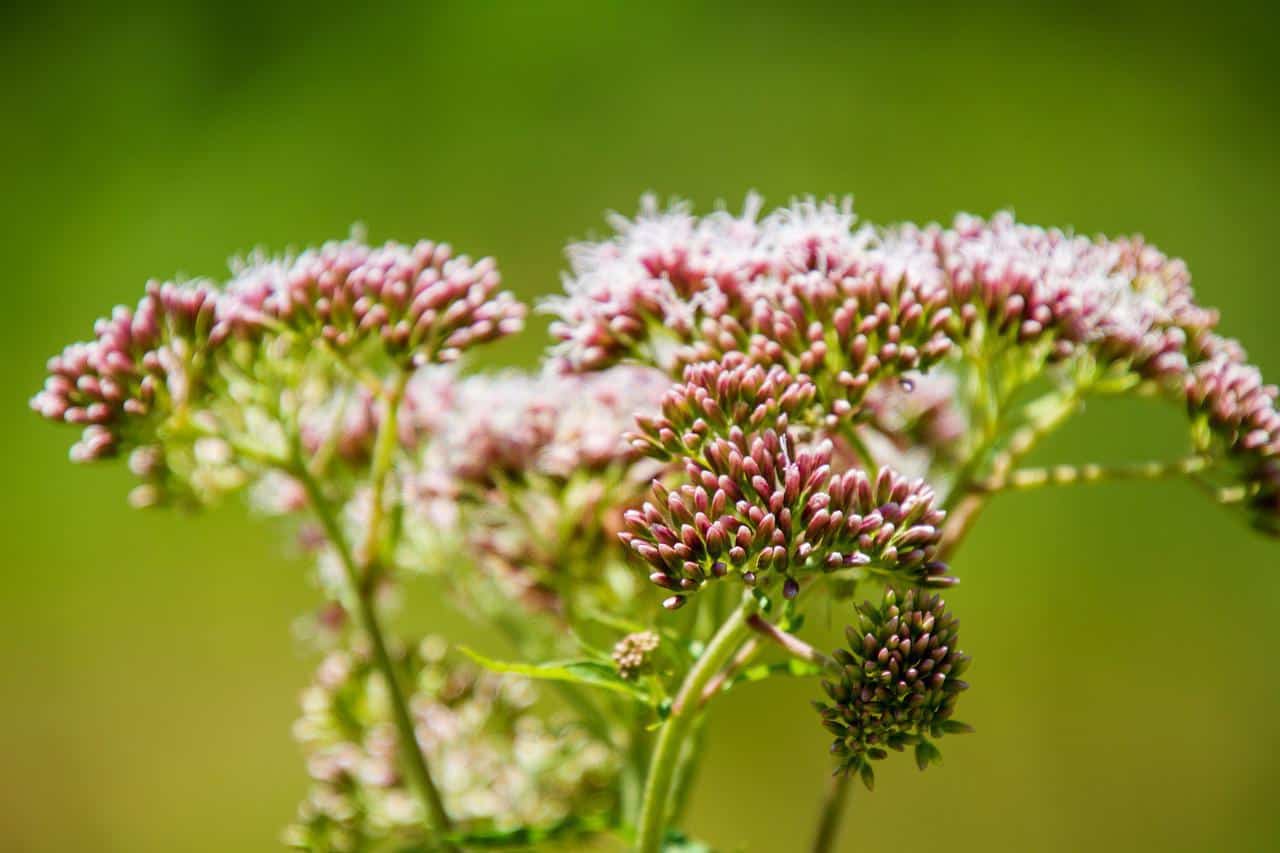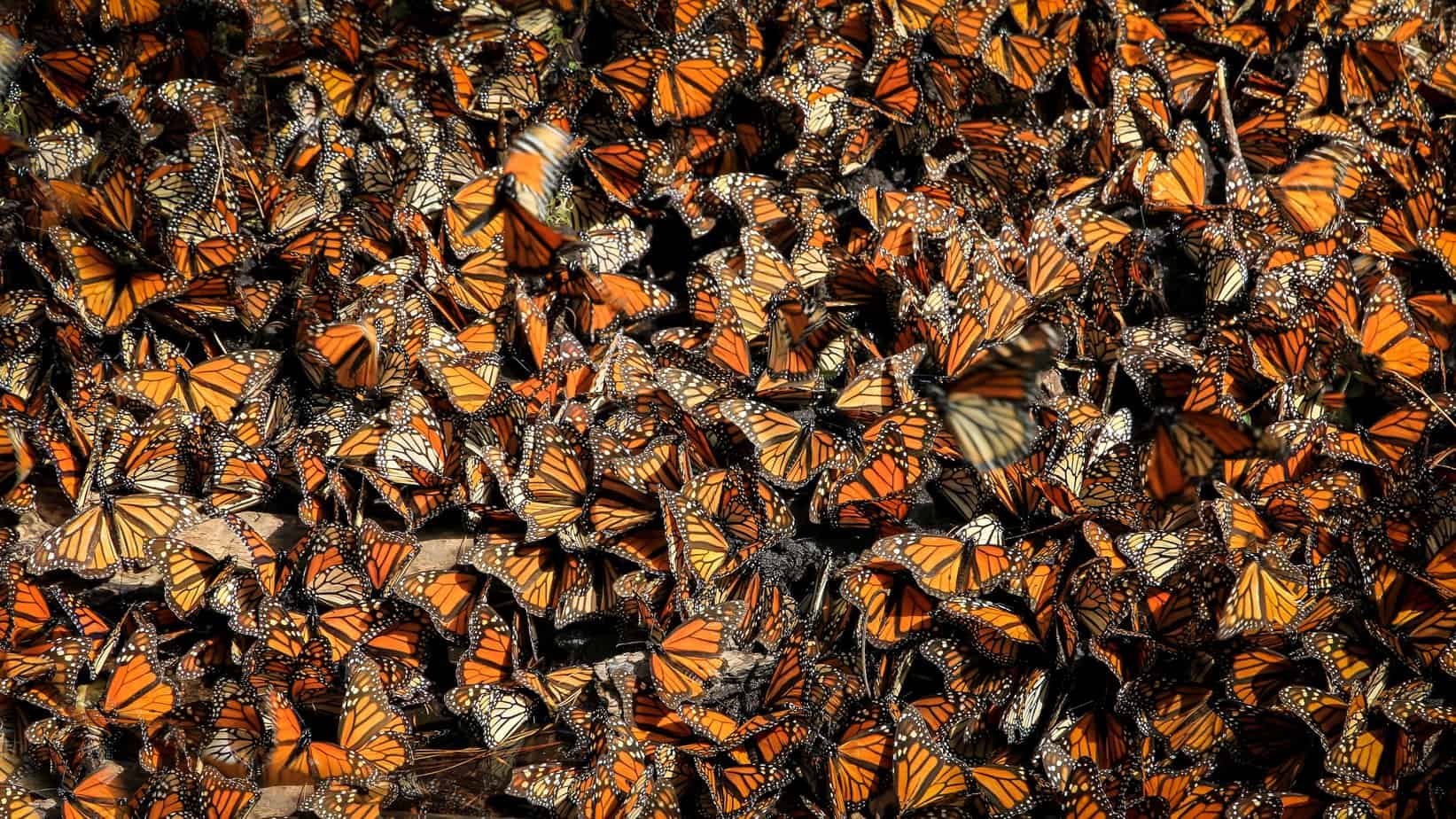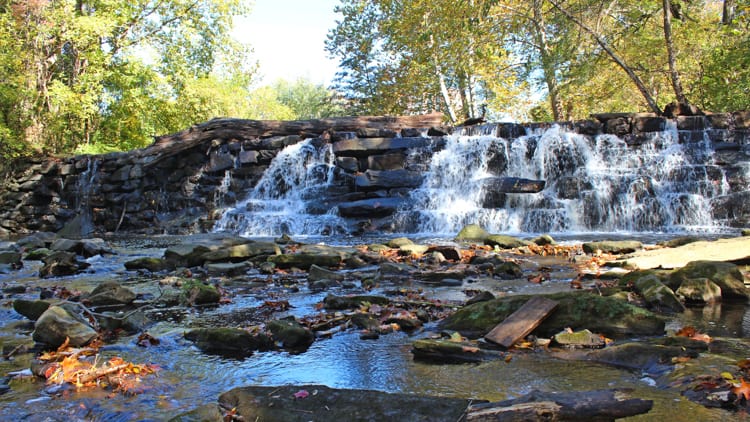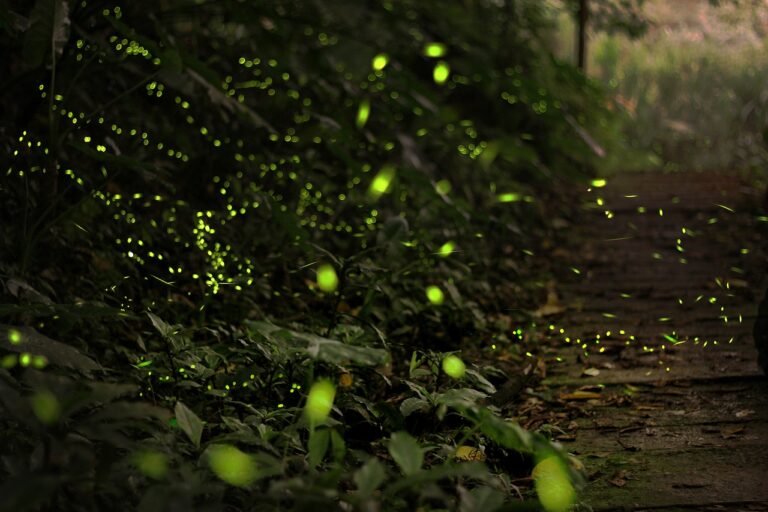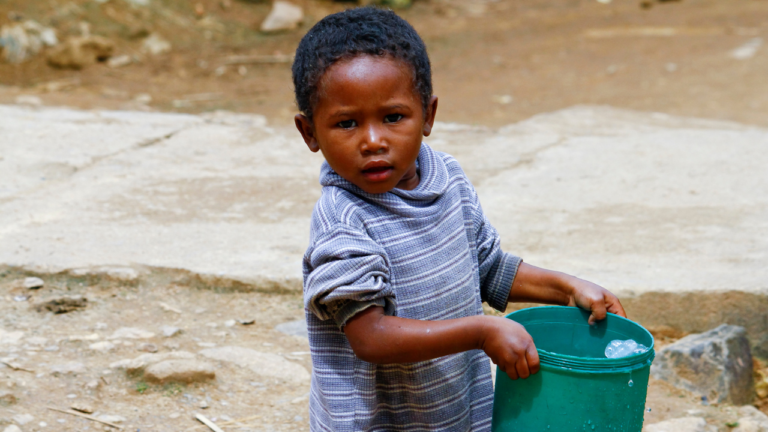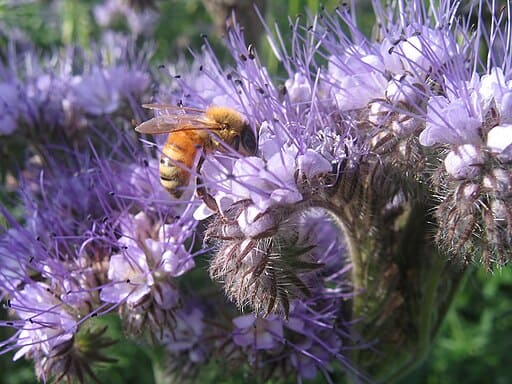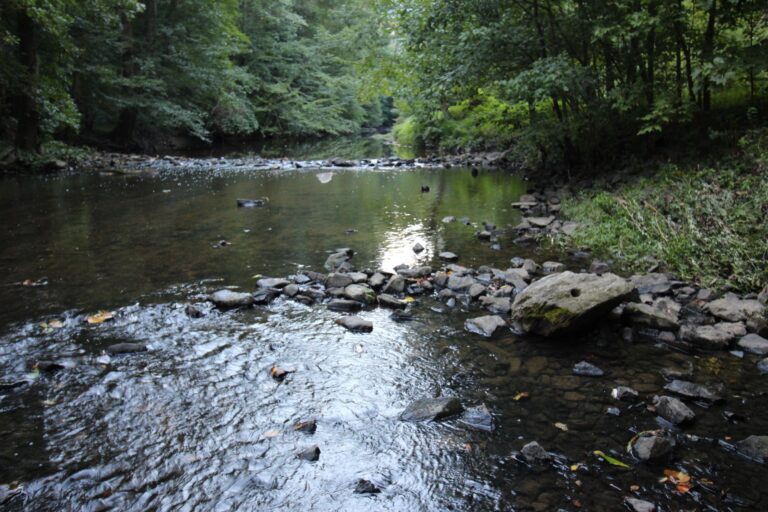Milkweed Plants: Host of the Marvelous Monarch
The most important thing to have in your monarch garden, BY FAR, are milkweed plants! Milkweed plants are the host plant to the monarch butterfly – without milkweed, monarchs would not survive. In this blog post, I’ll walk you through how to get milkweed for your garden through a few different methods, as well as give you tips and tricks about how to be successful growing this somewhat finicky seed. So let’s get growing! (See what I did there? 😉 )
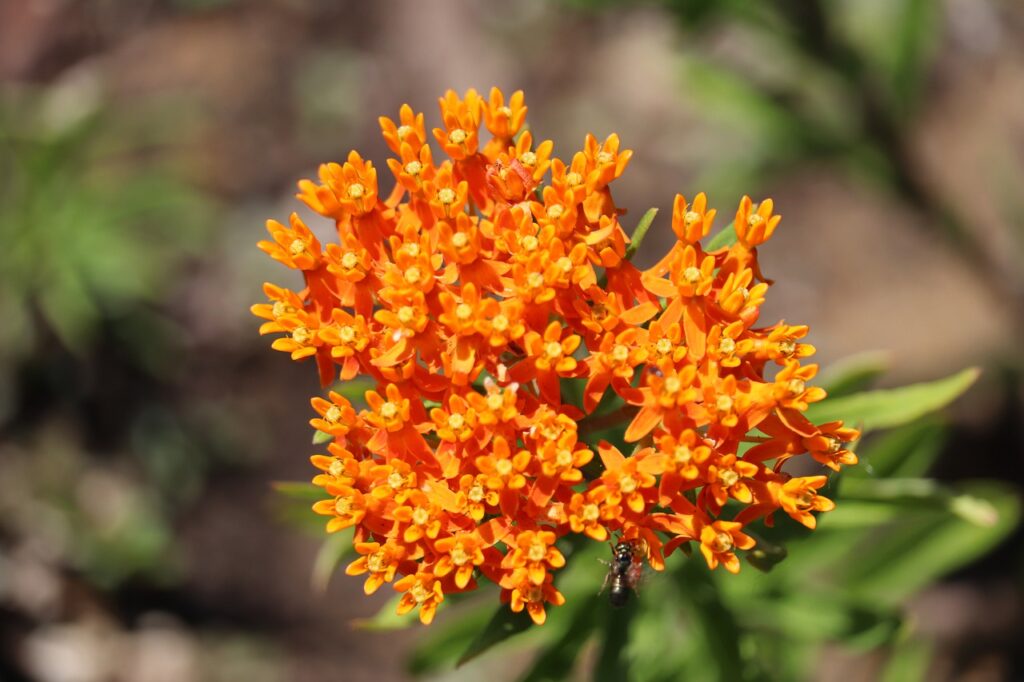
Where can you find milkweed plants locally?
More and more gardening enthusiasts are realizing the importance of using native species of plants in their landscape. As a result, native plant focused nurseries, pop-up plant sales, and local plant swaps are growing in popularity. Read on to uncover how to find milkweed near where you live!
Pop-up Native Plant Sales
Right around the time of the last frost in your area (check the date HERE), you will see conservation minded groups running pop-up native plant sales that will have plenty of milkweed seedlings, plants or seeds to purchase. Milkweed is pretty popular these days, so try to get there early on in the plant sale for the best selection. You can learn about which varieties of milkweed grow best in your area HERE. Another great option to score milkweed plants and seeds is through a native plant nursery or garden center.
Native Plant Nursery or Independent Garden Center
If you’re lucky, you may have a native plant nursery or independent garden center that carries native plants near you. Although these are definitely not as common as big box options, these local gems do exist and they are a fantastic place to purchase and learn about native plants. If you’re in Eastern Pennsylvania, you can check out Redbud Native Plant Nursery or Groff’s Plant Farm for natives. Simply doing a Google search for “native plants near me” can yield surprising results, as can reaching out to a local botanical garden or gardening group. Finally, I’ve also had success in finding milkweed plants and seeds locally through plant swaps.
Local Plant Swaps
This spring, I attended a local plant swap hosted by a family in my area. The organizer ran the swap through a simple Facebook Group set up for the event. People connected through the group with requests or offers of particular plants. The idea behind the plant swap is simple – people offer plants they have too many of or no longer want, and take plants they want or need! The plant swap took place outside the organizer’s house over the course of two days, during defined hours. People “shopped” the swap, chatted, shared gardening information, and generally built community around native gardening. Hosting or attending a plant swap is probably the best way to start a native plant garden for FREE, and best of all its a fantastic way to meet like minded people.
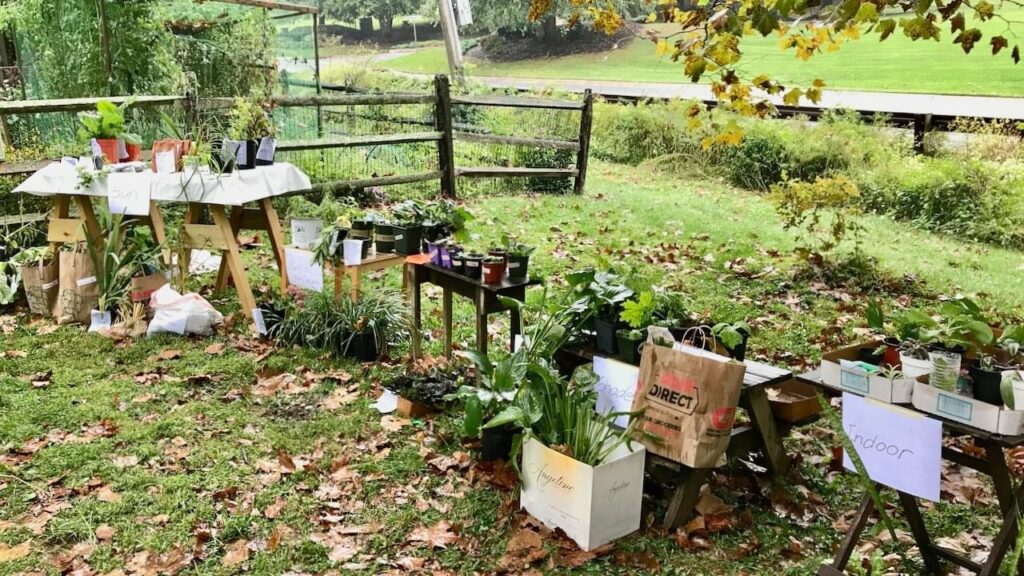
How can you start milkweed plants from seeds?
If you’ve tried all the places I mentioned above, your next best bet is to start your milkweed plants from seeds. Milkweed seeds are waaaay easier to find in a local big box store or even ordered through Amazon. They are also SIGNIFICANTLY cheaper!
However, the big drawback to using milkweed seeds vs. seedlings for your garden is that milkweed seeds are notoriously challenging to germinate. The seeds do best if they go through a process called stratification, or cycles of freezing and thawing. In the wild, this is a naturally occurring process that takes place after the milkweed pods dry, crack and release the seeds into the wind. Once a seed finds a patch of ground to land on, it will overwinter there – getting rained on, frozen, thawed, and covered with a thin layer of leaves or dirt. In the spring, the seed is ready to germinate once the weather warms!
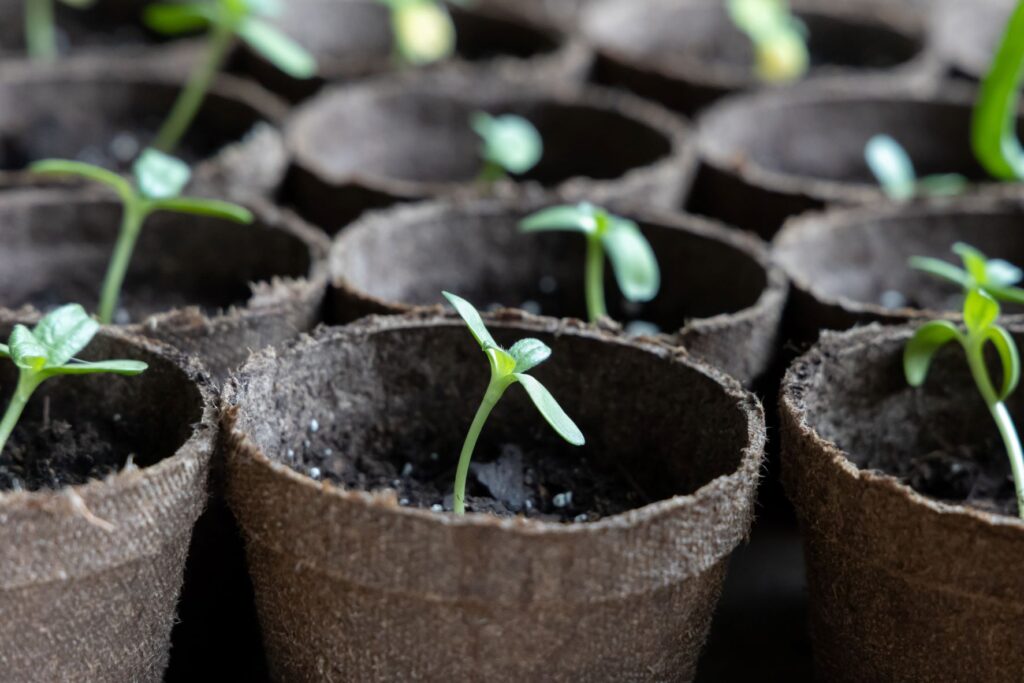
Overwinter Milkweed Seeds
If you want to have greater success germinating milkweed seeds you’ve collected in the wild or have purchased from a seed company, you will need to replicate the stratification process. There are two basic ways to do this. The first way is the most straightforward – simply sow the seeds in the fall and wait! The seeds will go through the stratification process naturally, as they would have in the wild. The downside of this method is that you have to plan your garden a year out, and if you’re like me you won’t be at all certain that a newly sprouted plant is a milkweed and not a regular weed! The upsides are that it is less work overall to direct sow, and you can easily find milkweed seeds at any time of year, so timing is not a concern.
Stratify Milkweed Seeds in the Refrigerator
The second method to replicating the stratification process is done inside the kitchen! Simply scatter seeds on a damp paper towel, fold it, and slide it into a sealed baggie. Store the baggie in your freezer or fridge for several weeks or months. (People have different methods for stratifying milkweed seeds. Testing the different methods would make a great experiment in your homeschool!) When you’re ready to plant the seeds in the garden or start them indoors in seedling trays, simply remove from the freezer or fridge and plant as normal. This year, we stratified our seeds in the refrigerator for three weeks and then germinated them in seedling trays inside. It worked great for us!
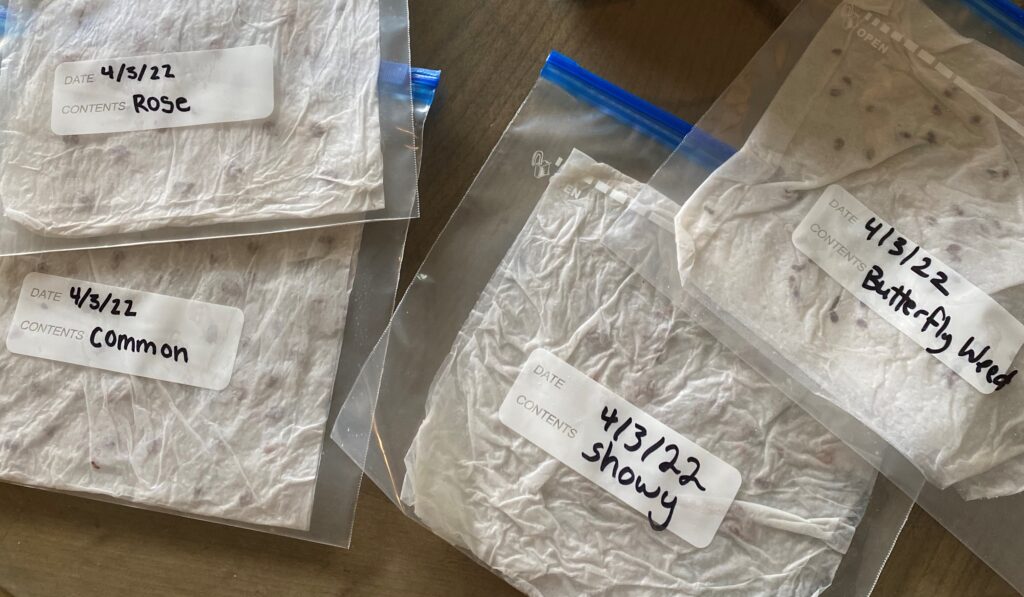
Going Further
Need more information about planting a garden for monarch butterflies? The Field Trip Academy has you covered! Sign up for our free Monarch Garden Project Guide that gives you video and printable instructions on how (and why) to get started this year. Not convinced that a monarch garden is a good idea yet? Head on over to our Save the Monarchs blog post to find out more about this at-risk pollinator. Just can’t get enough of us? Sign up for our semi-regular newsletter below, and make sure you never miss out on anything new!

